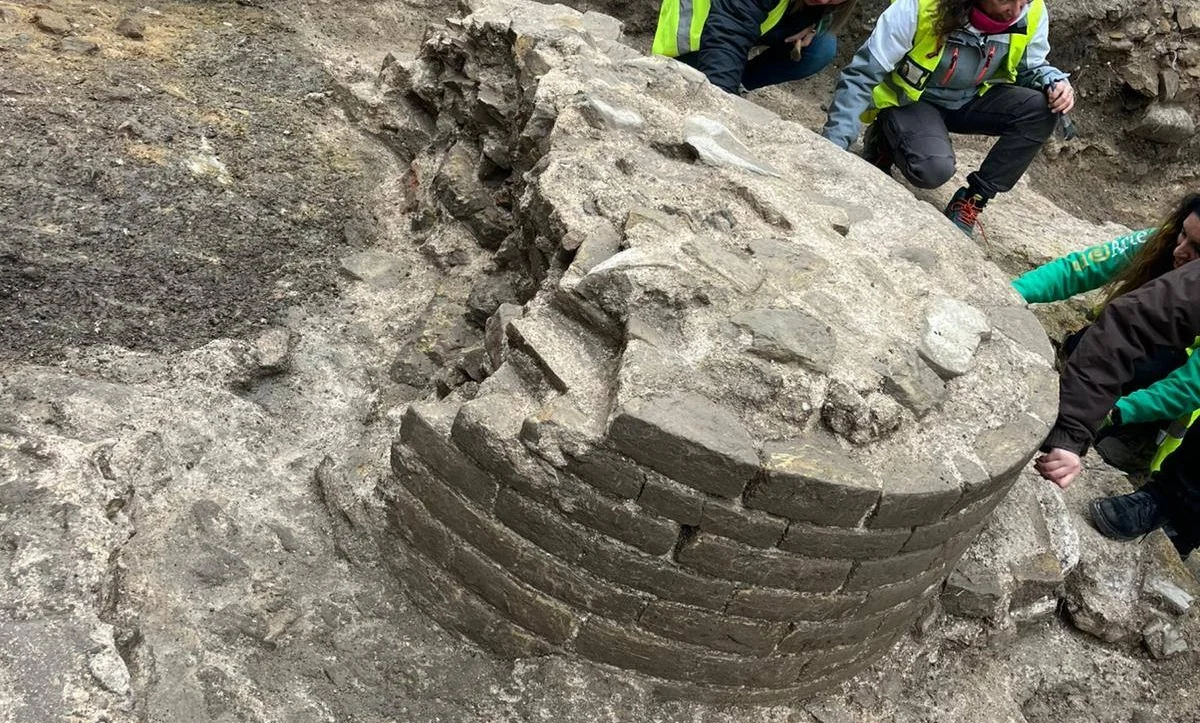Helsinki's Central Station stands as one of Finland's most recognizable architectural landmarks, a bustling hub that connects the city to the rest of the country and beyond. But beyond its function as a transportation center, the station is also a work of art, embodying the spirit of early 20th-century Finnish design. Central to this artistic legacy are "The Lantern Bearers," a series of massive, illuminated stone sculptures that have become iconic symbols of the station and the city of Helsinki itself.
The Architects and Artists Behind the Station
The creation of Helsinki Central Station was a landmark project in Finnish architecture. Designed by Eliel Saarinen, one of Finland's most celebrated architects, the station was completed in 1919. Saarinen's design blended national romanticism with modern influences, making it a standout example of early Art Deco architecture. His vision for the station was not merely functional but also deeply aesthetic, incorporating various artistic elements that would make the station a cultural landmark.
One of the most striking features of Saarinen’s design is the integration of monumental sculptures by Finnish sculptor Emil Wikström. Born in 1864, Wikström was a prominent figure in the Finnish art scene, known for his ability to merge traditional themes with contemporary styles. For the Helsinki Central Station, Saarinen commissioned Wikström to create a series of sculptures that would serve both as decorative elements and as functional parts of the station’s architecture.
The Creation of "The Lantern Bearers"
"The Lantern Bearers" (Finnish: "Lyhdynkantajat") were created by Wikström in 1918 as part of the final touches on the station, which would open the following year. The sculptures are made of Finnish granite, a material that ties them to the land and history of Finland. Each figure is depicted as a robust, stylized man, holding a spherical lantern that is illuminated from within. These lanterns, integrated into the station’s design, serve both as light sources and as symbolic beacons, guiding travelers through the station.
The figures are a prime example of the Art Deco style, characterized by their geometric forms, symmetry, and emphasis on modernity. However, they also retain elements of national romanticism, particularly in their connection to Finnish mythology and folklore, where stone giants and strong men often play significant roles. The simplicity and solidity of the figures convey a sense of strength and reliability, qualities that were particularly valued in the post-World War I era when the station was completed.
Symbolism and Cultural Significance
Over the years, "The Lantern Bearers" have become more than just decorative elements; they have evolved into cultural symbols. The figures represent not only the station but also the broader city of Helsinki and, by extension, Finland itself. They embody the resilience, strength, and perseverance of the Finnish people, particularly during the early 20th century, a time of national awakening and the struggle for independence.
The lanterns they hold are often seen as symbols of guidance and hope, lighting the way for travelers. This interpretation resonates particularly in a country like Finland, where the long, dark winters make light a powerful and cherished symbol. The sculptures thus serve a dual purpose: practical in their illumination and symbolic in their representation of the Finnish spirit.
Integration into the Station's Architecture
The placement of "The Lantern Bearers" is integral to their impact. Positioned at the main entrance of Helsinki Central Station, they greet all who enter, setting the tone for the architectural experience that follows. Their illuminated lanterns create a warm, welcoming atmosphere, drawing visitors into the grand halls of the station.
Eliel Saarinen's design ensured that these sculptures were not merely add-ons but were seamlessly integrated into the architecture. The figures appear to be part of the station itself, as if they have grown out of the stone walls. This fusion of sculpture and architecture is a hallmark of Art Deco design, where form and function are closely intertwined.
The Legacy of "The Lantern Bearers"
Today, "The Lantern Bearers" are an enduring symbol of Helsinki and one of the most photographed features of the city. Their iconic status has only grown over the decades, and they are now considered one of the finest examples of public art in Finland. They are also a testament to the vision of Emil Wikström and Eliel Saarinen, whose collaboration resulted in a masterpiece that has stood the test of time.
The sculptures continue to inspire both locals and visitors, embodying the spirit of Helsinki as a city that values both its historical roots and its embrace of modernity. They remind us that architecture is not just about buildings, but about the people who design them, the artists who adorn them, and the stories they tell.
"The Lantern Bearers" are more than just sculptures; they are a vital part of Helsinki's cultural heritage. These illuminated figures, standing guard at the entrance to Helsinki Central Station, represent the fusion of art and architecture that defines one of Finland's most important public spaces. As enduring symbols of the city, they continue to light the way for millions of travelers who pass through the station each year, reminding all who see them of the strength, resilience, and creativity of the Finnish people.












